Table of Contents
Come join us now, and enjoy playing your beloved music and browse through great scores of every level and styles!
Can’t find the songbook you’re looking for? Please, email us at: sheetmusiclibrarypdf@gmail.com We’d like to help you!
Remembering Chick Corea, born onthis day in 1941
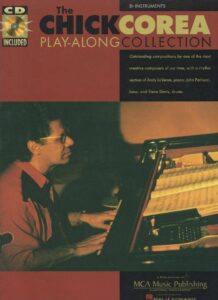
Best Sheet Music download from our Library.

Please, subscribe to our Library.
If you are already a subscriber, please, check our NEW SCORES’ page every month for new sheet music. THANK YOU!
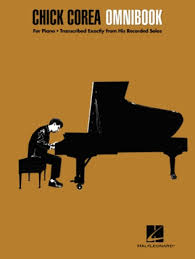
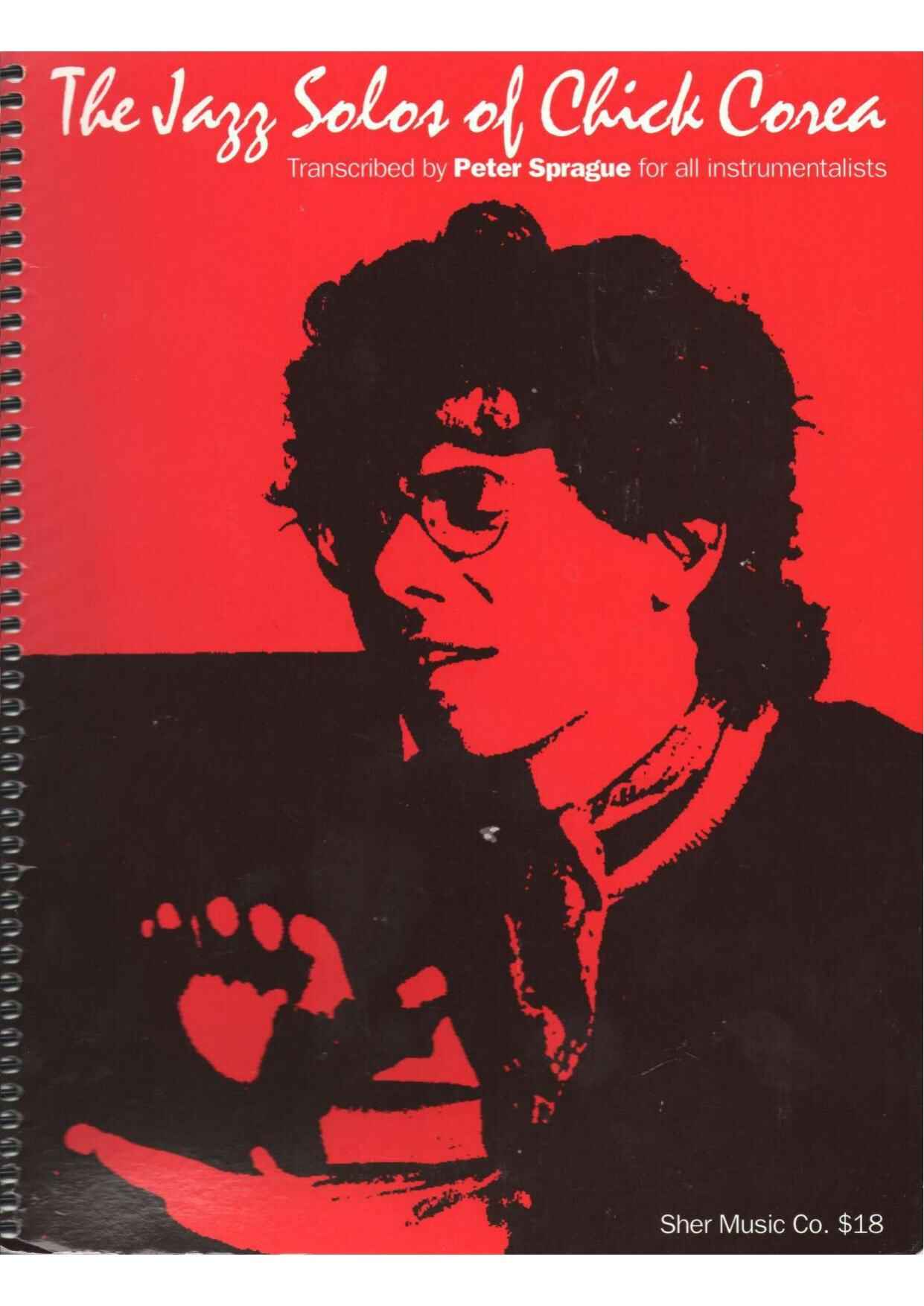
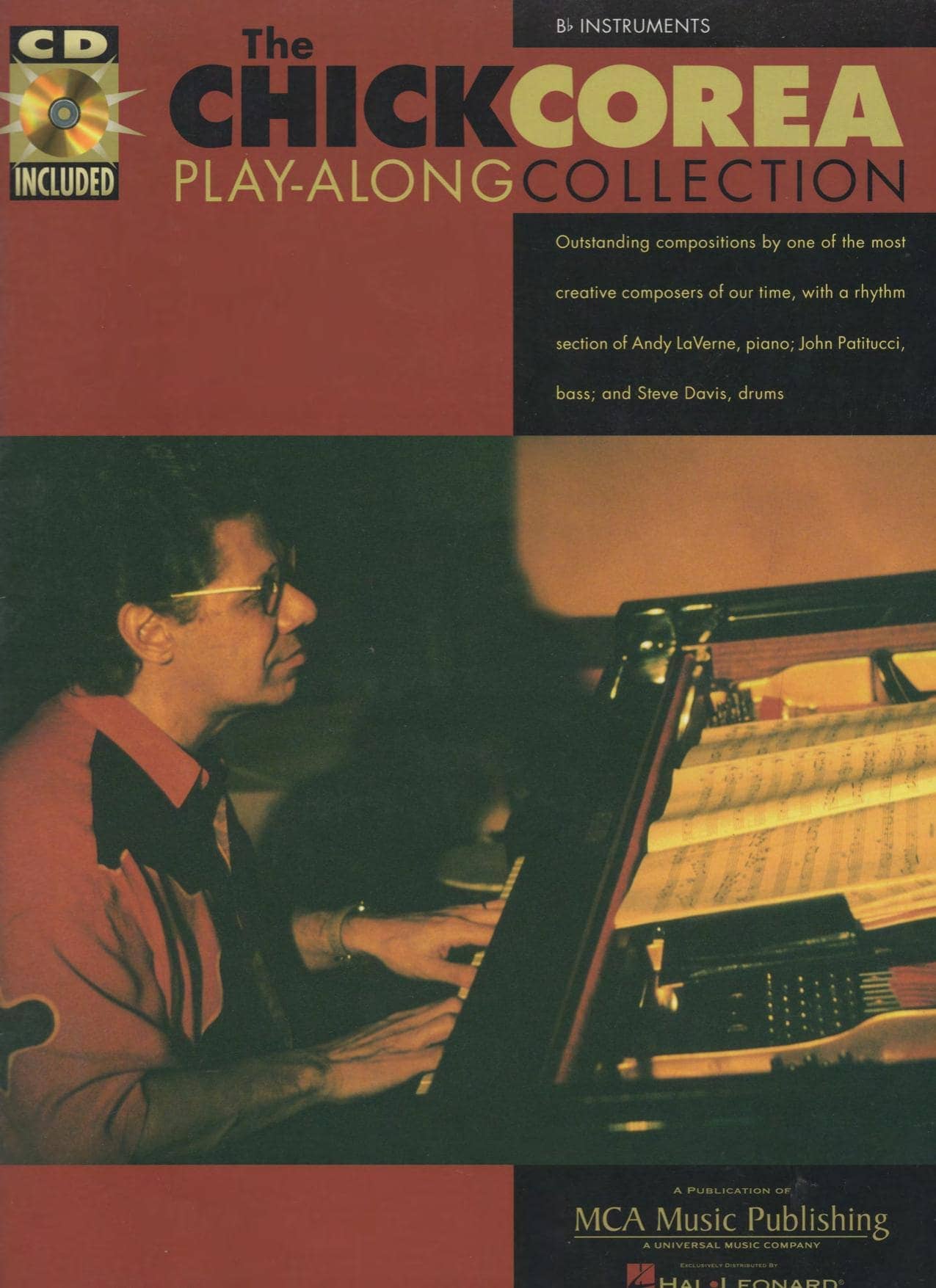
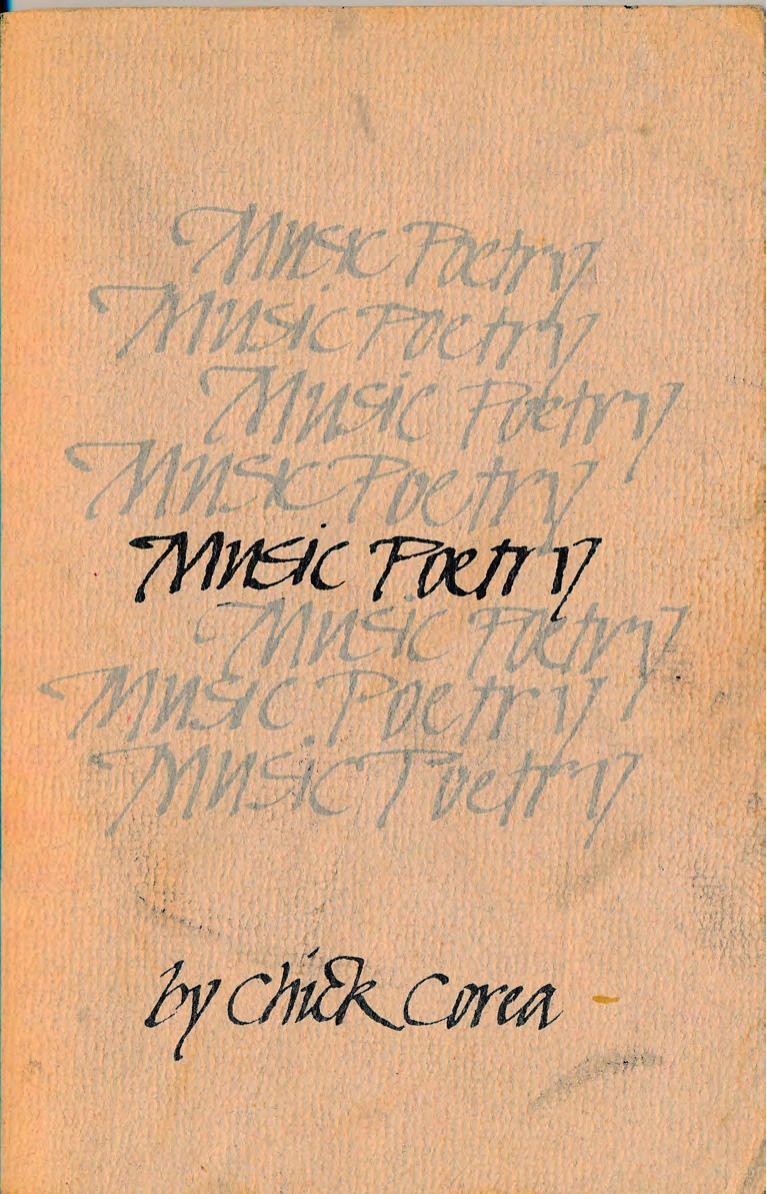
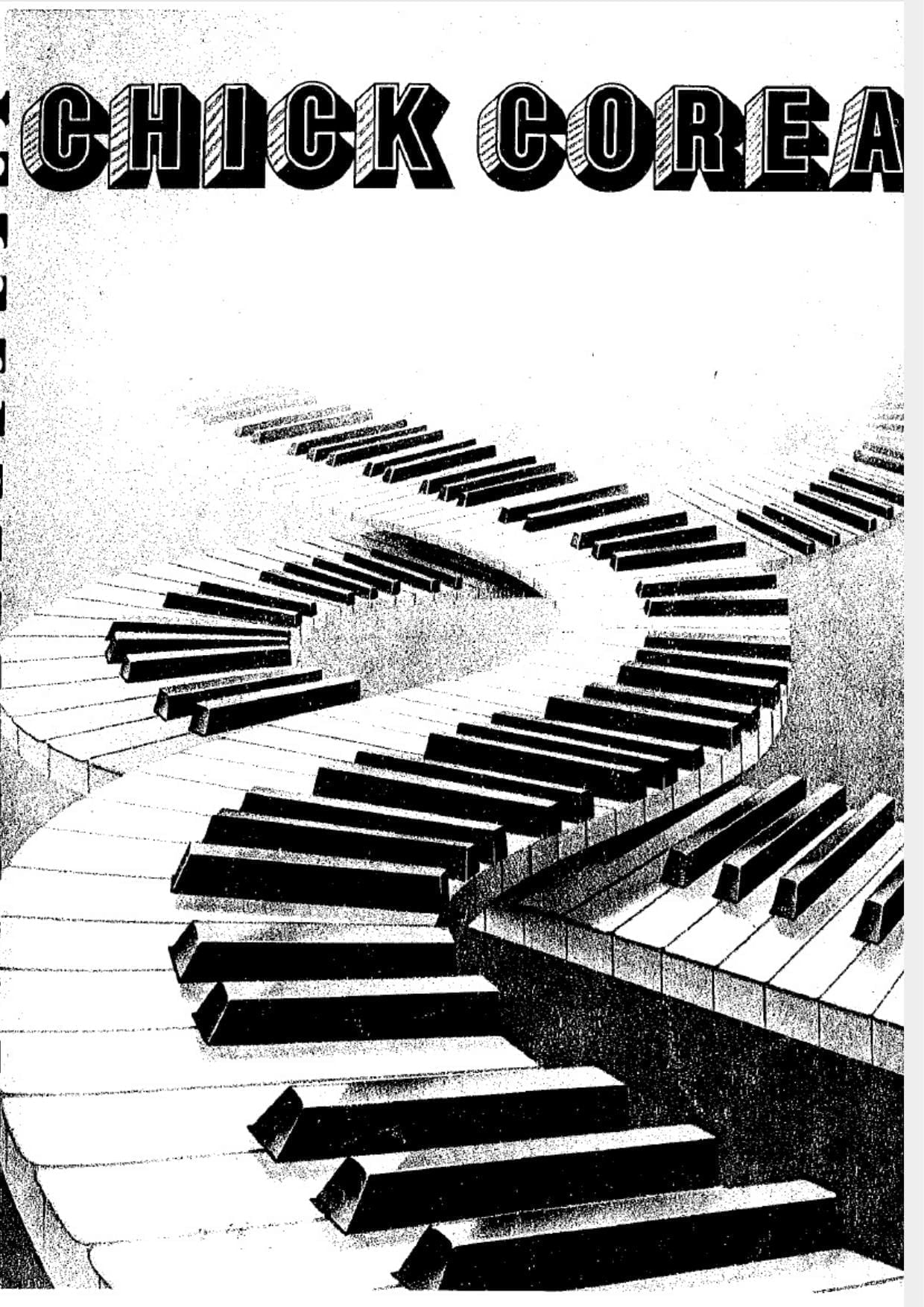
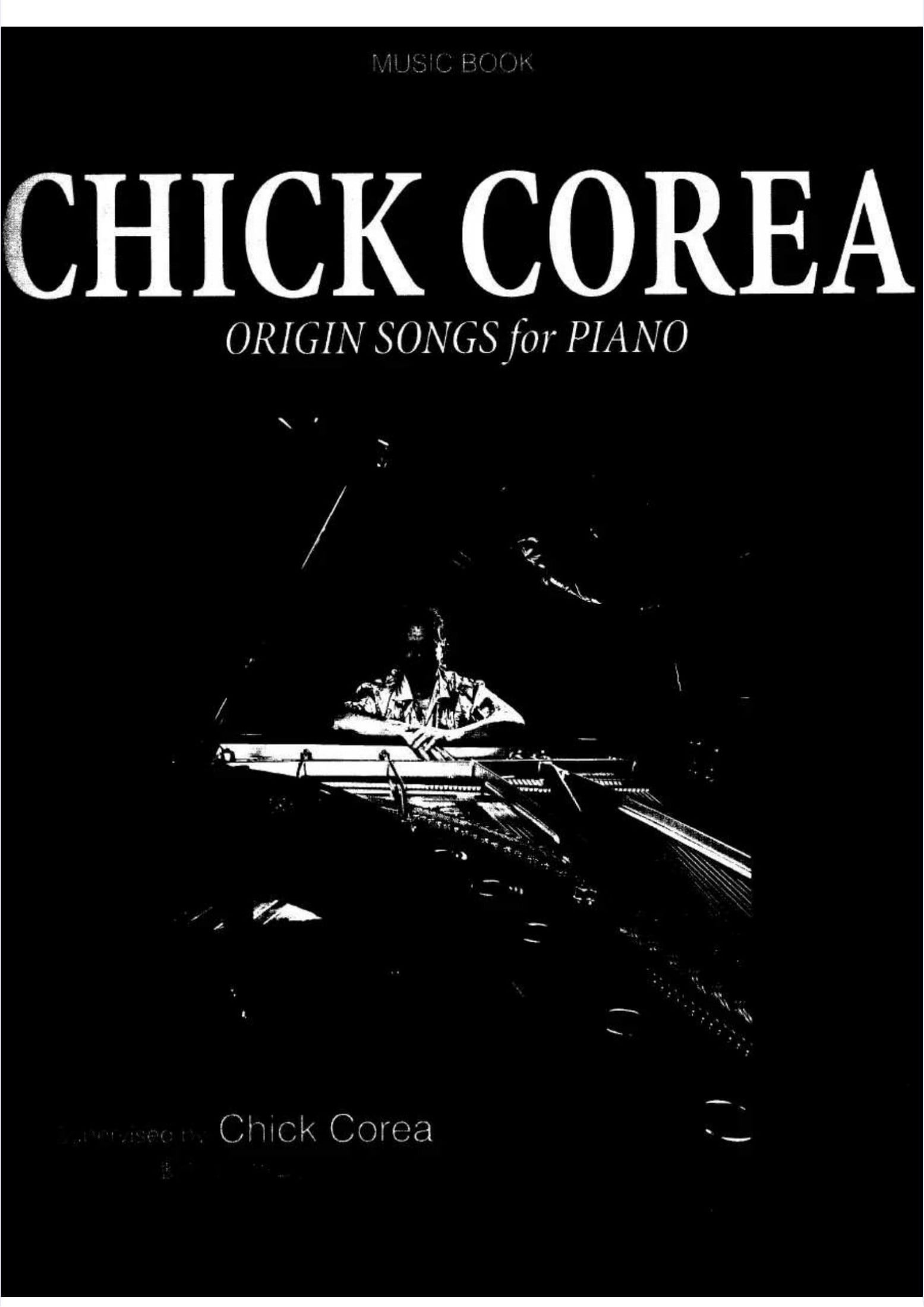

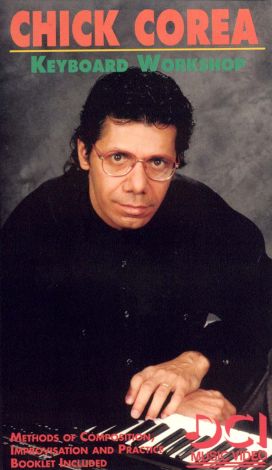
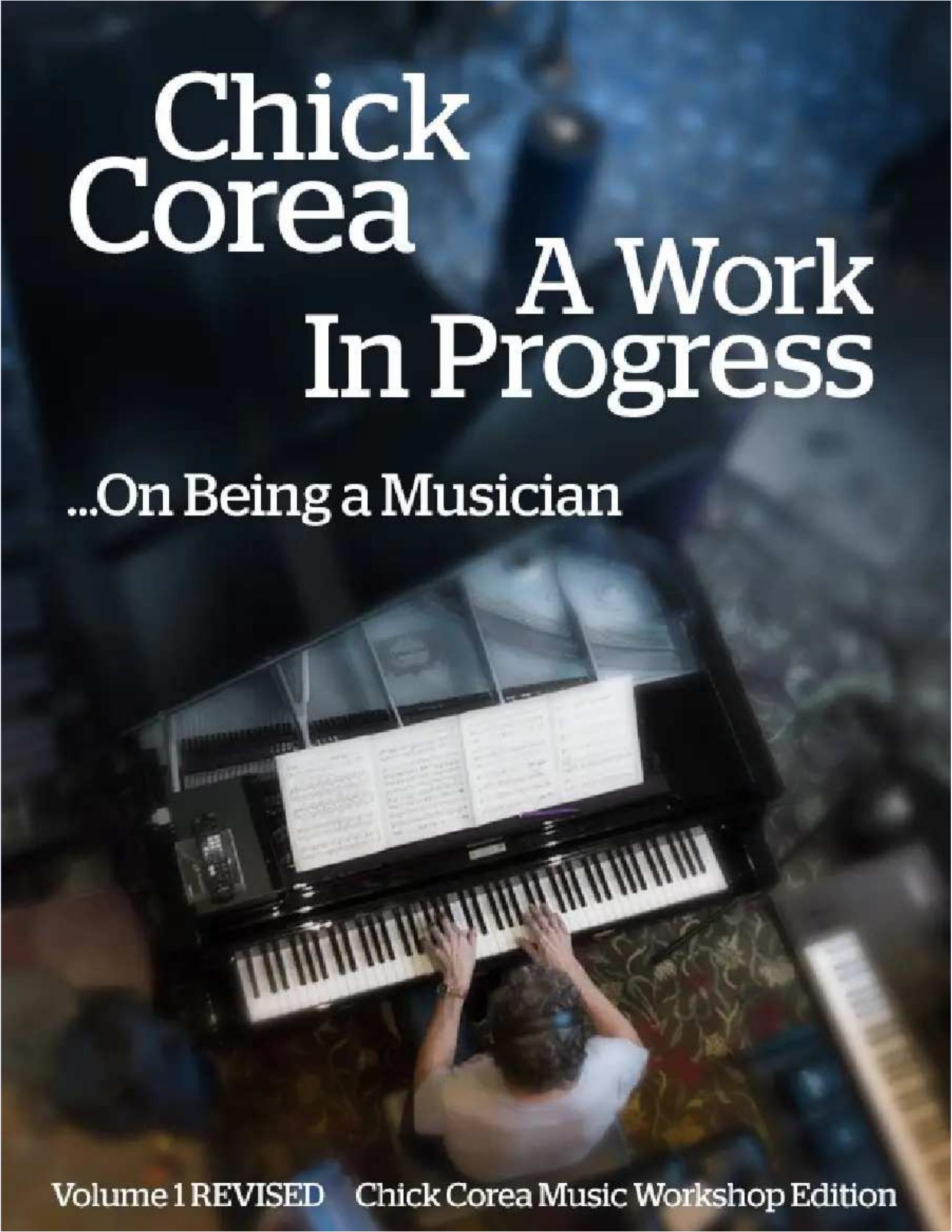
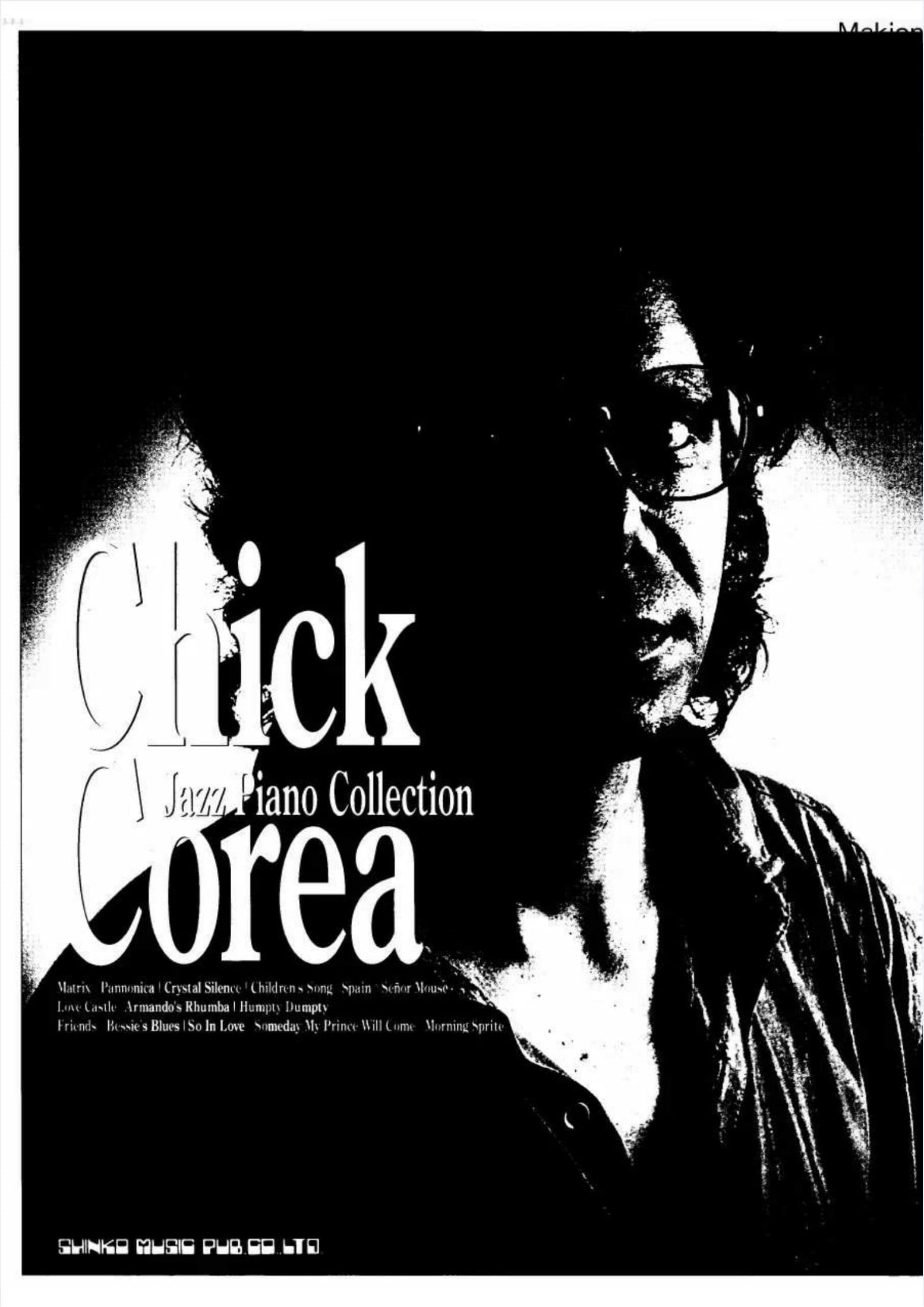

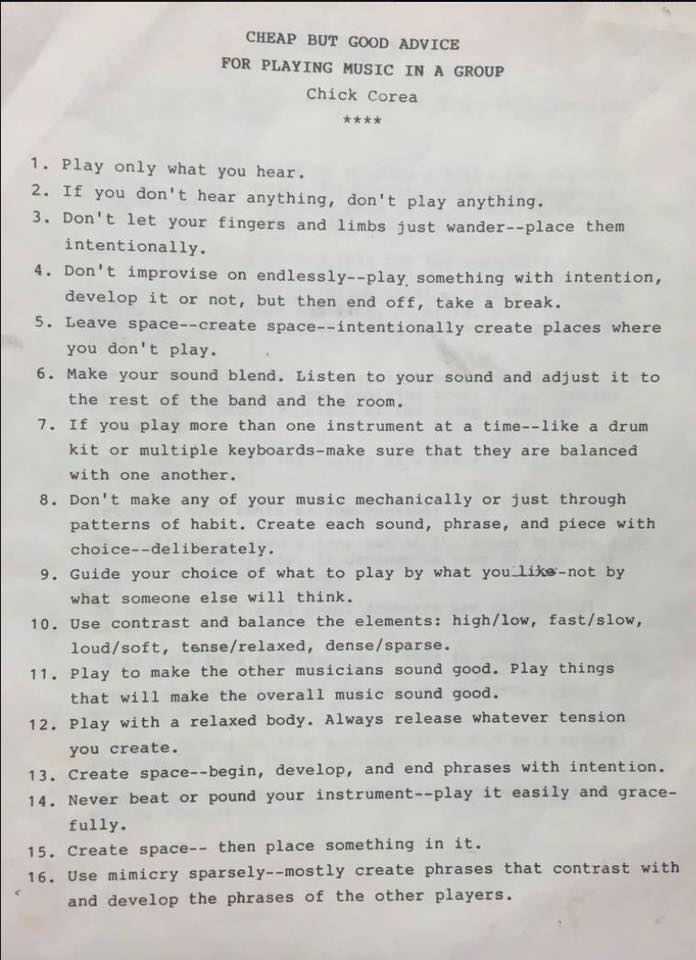
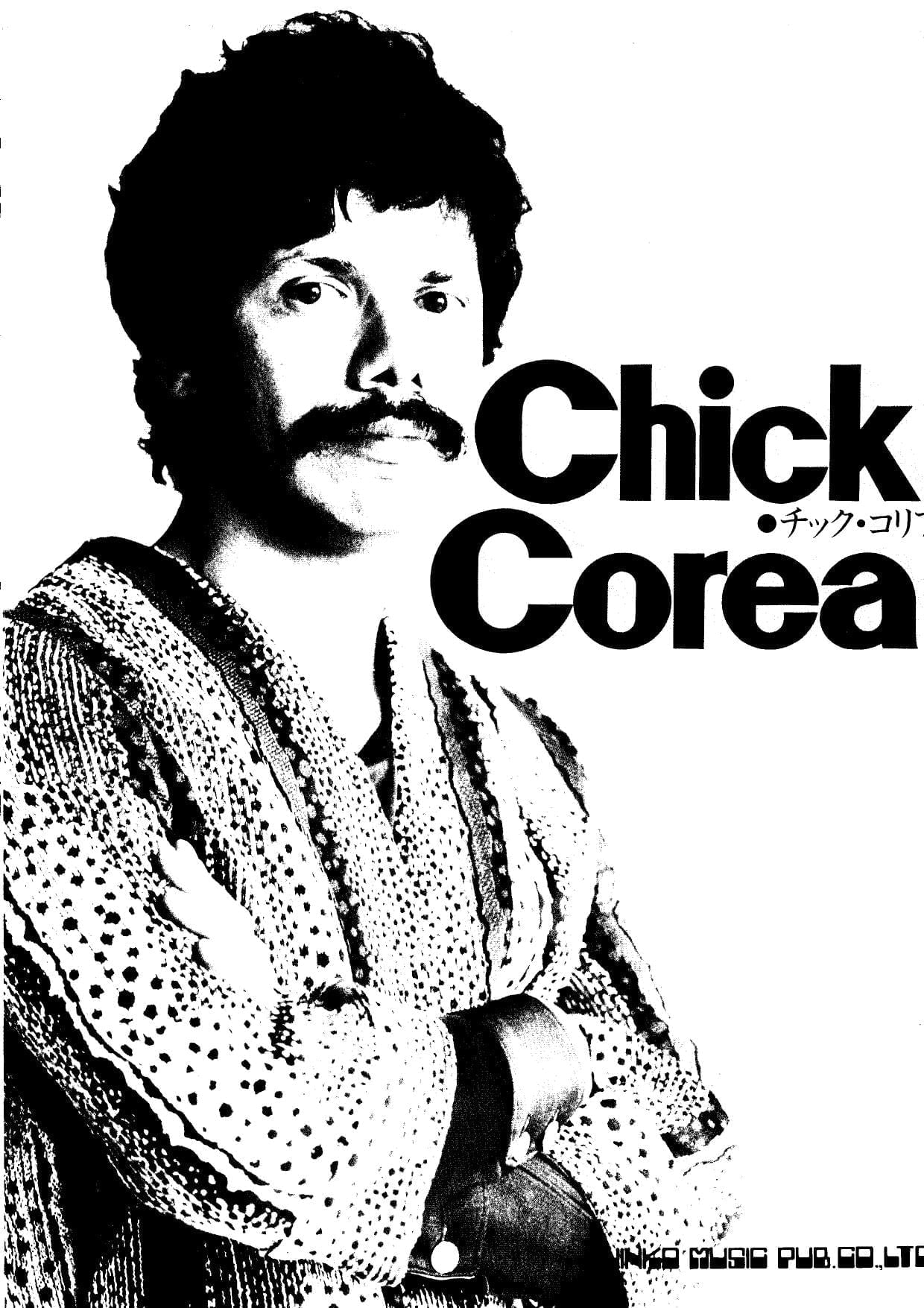
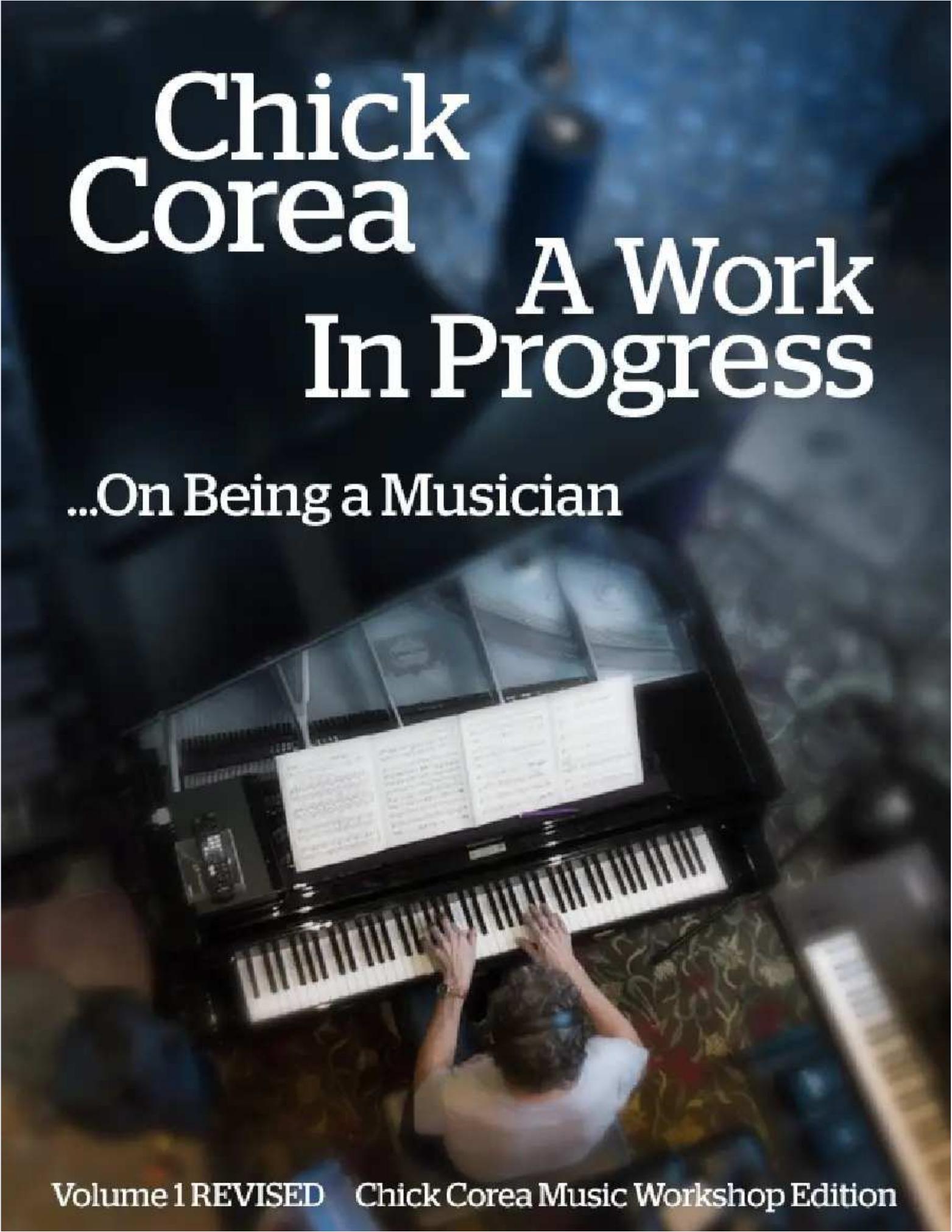
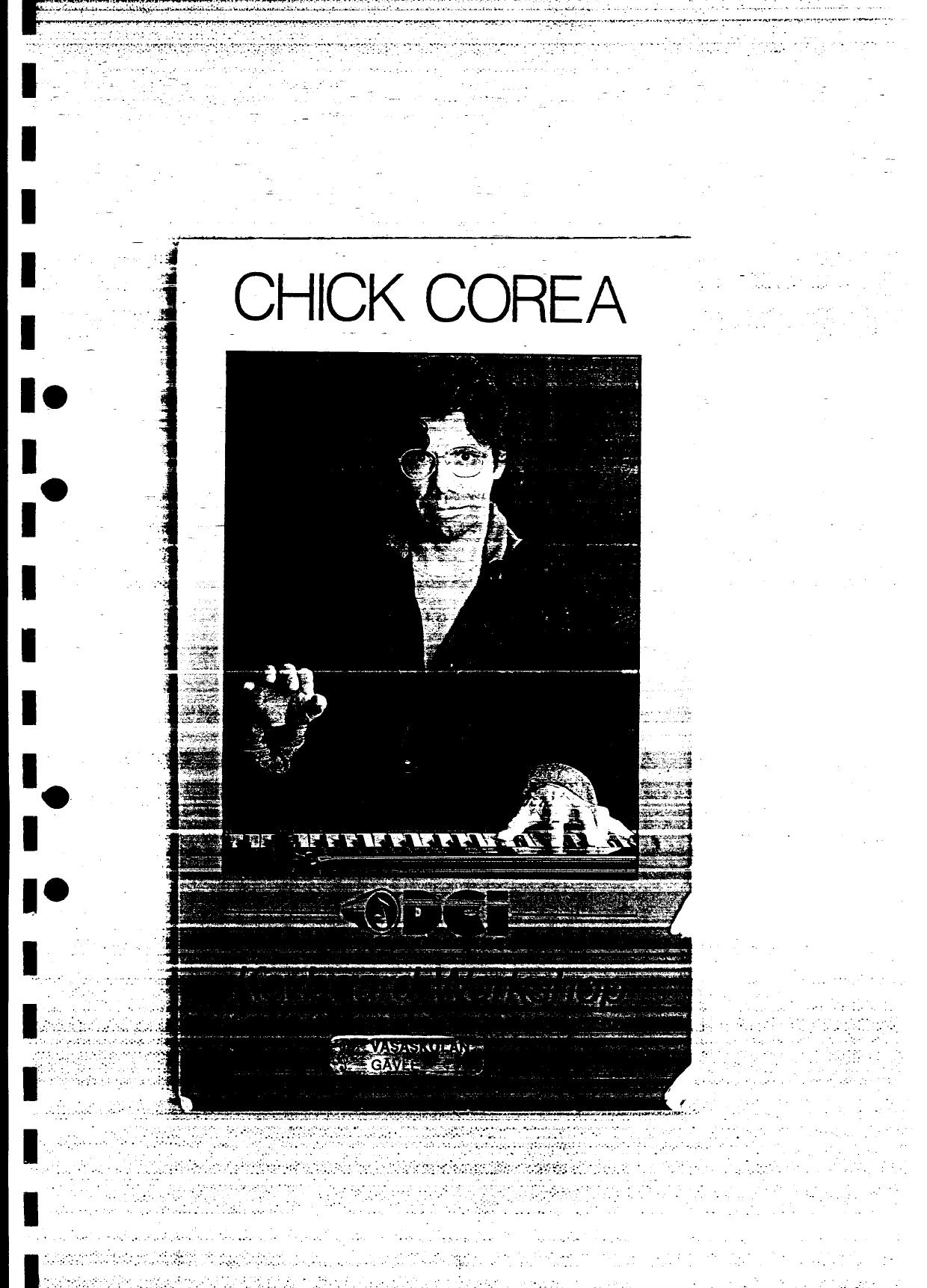
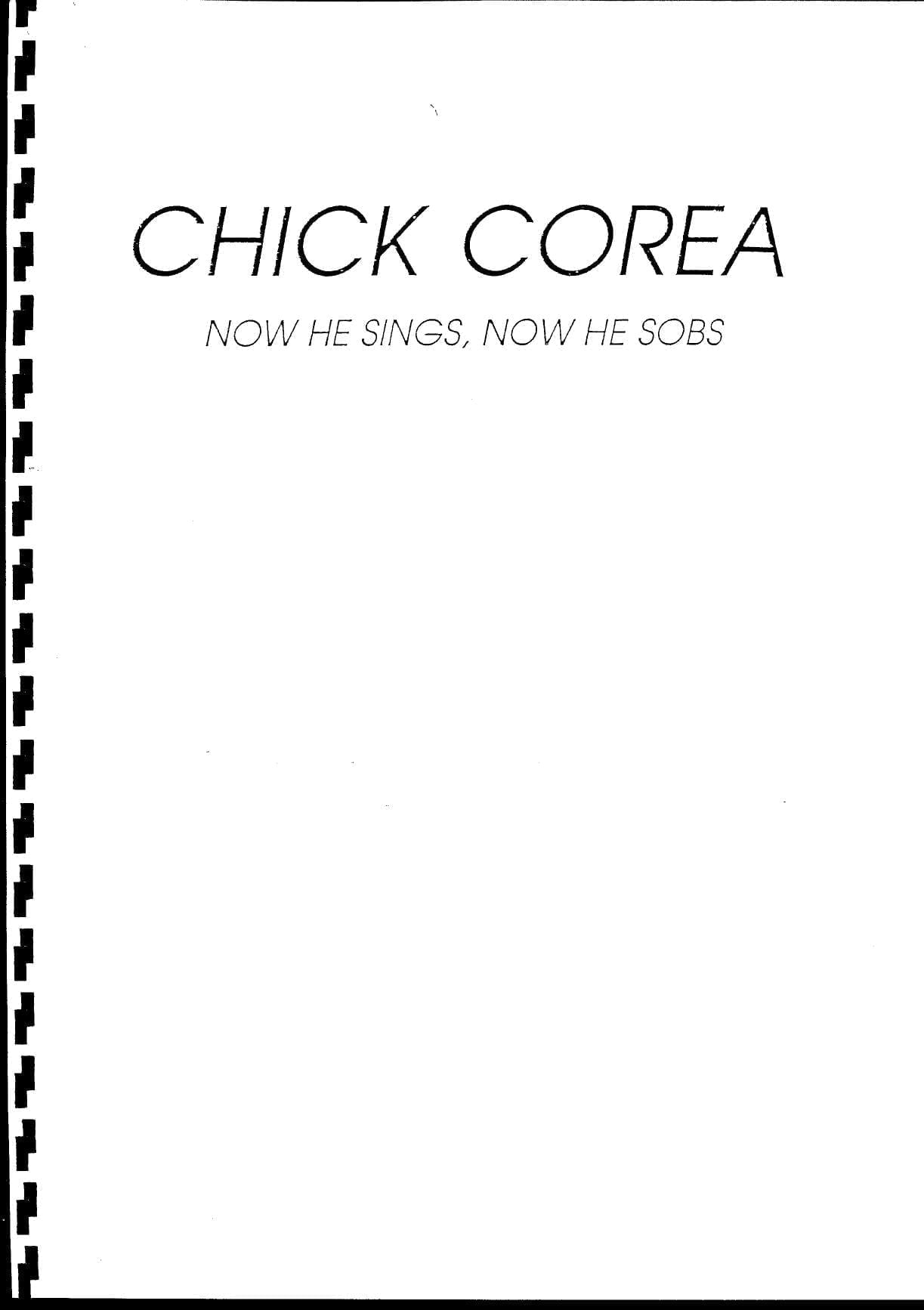

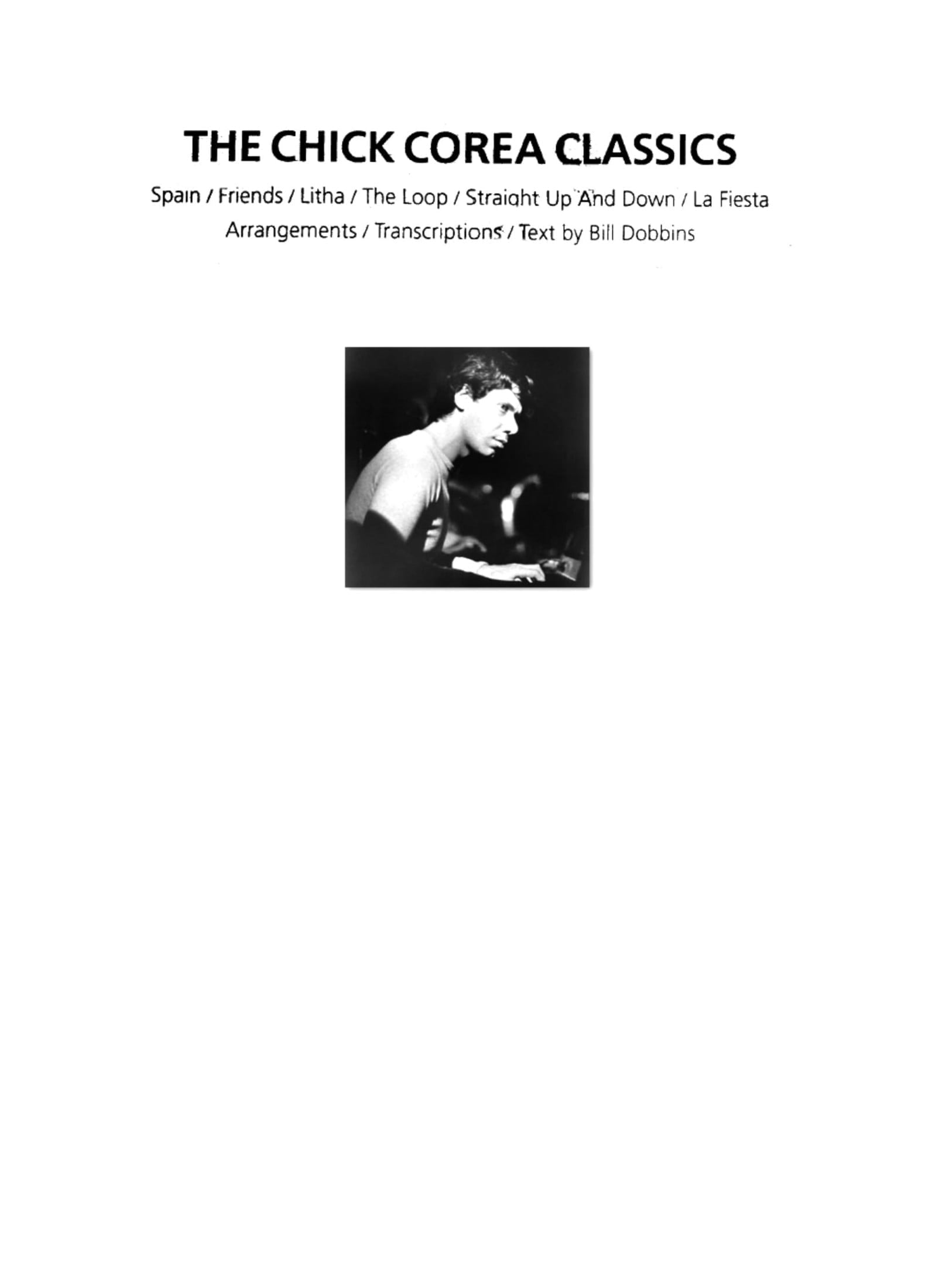
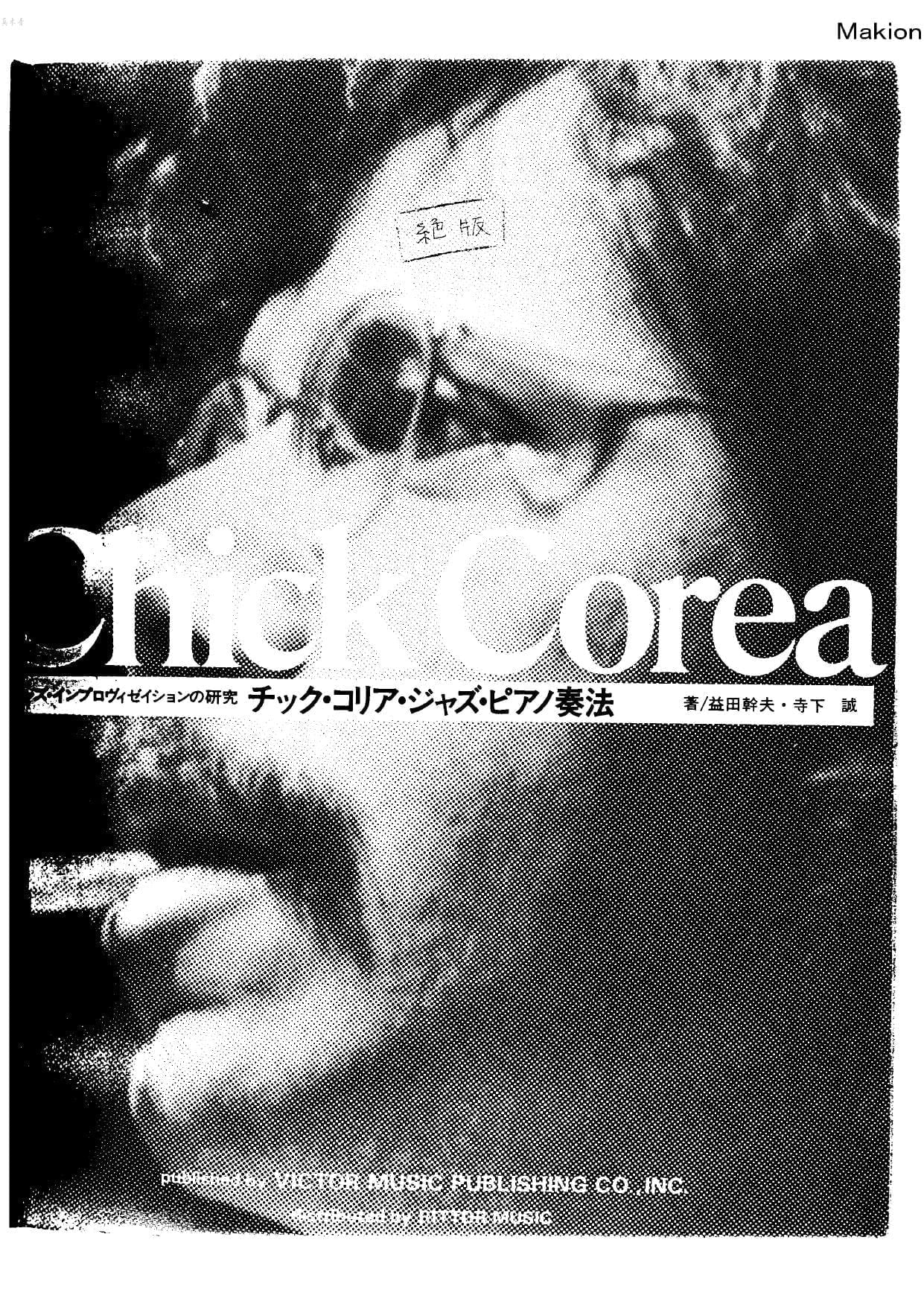
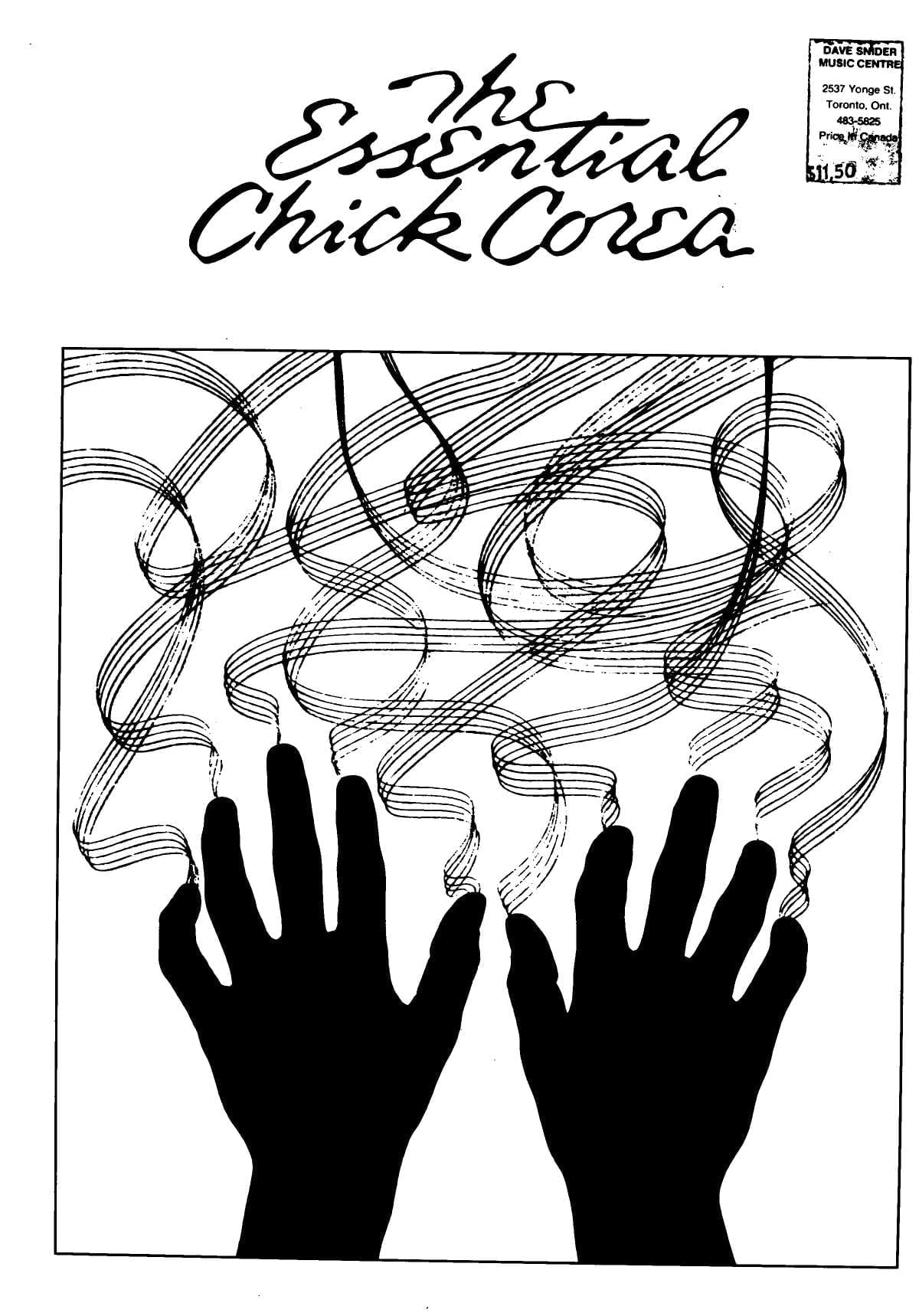
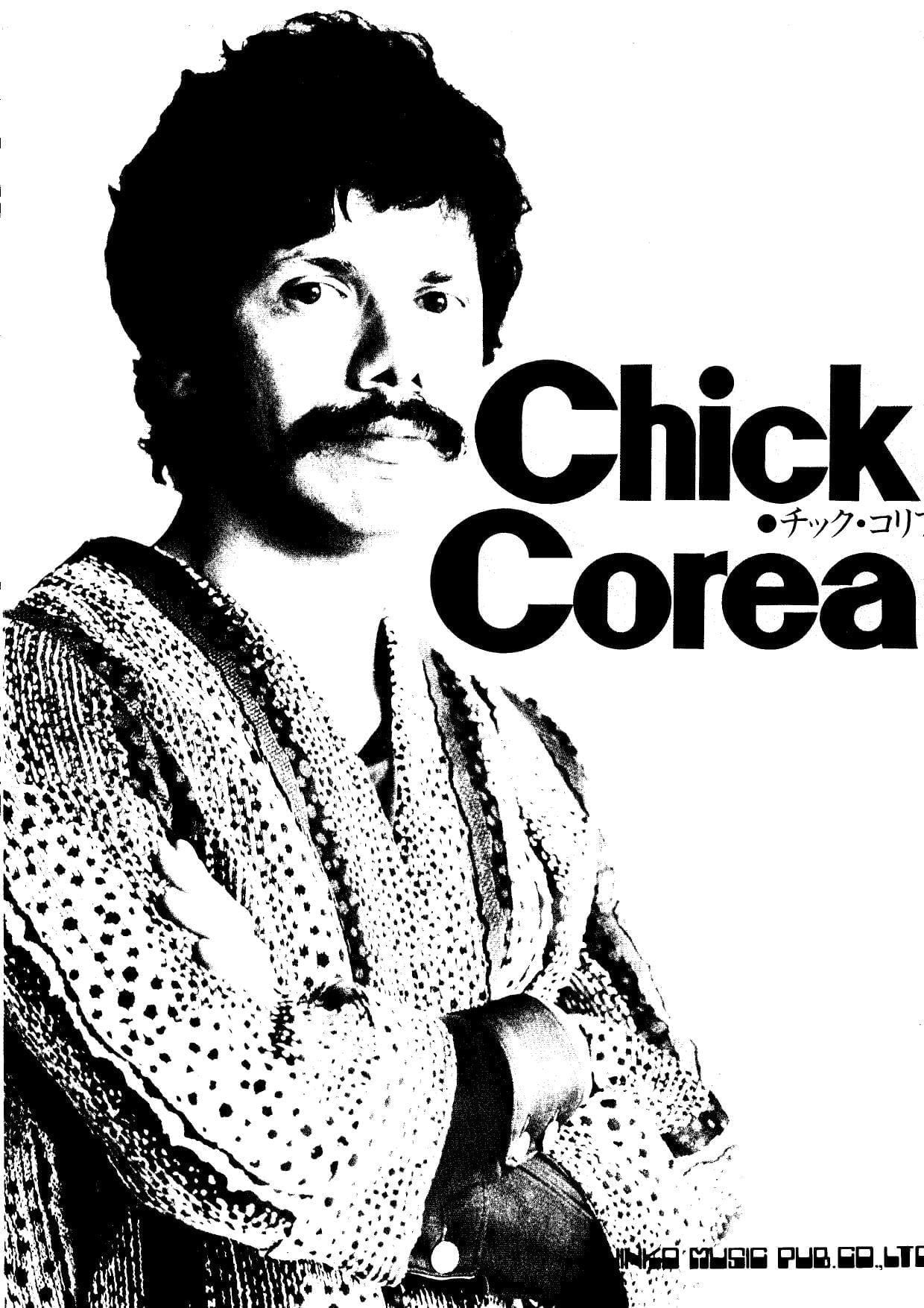
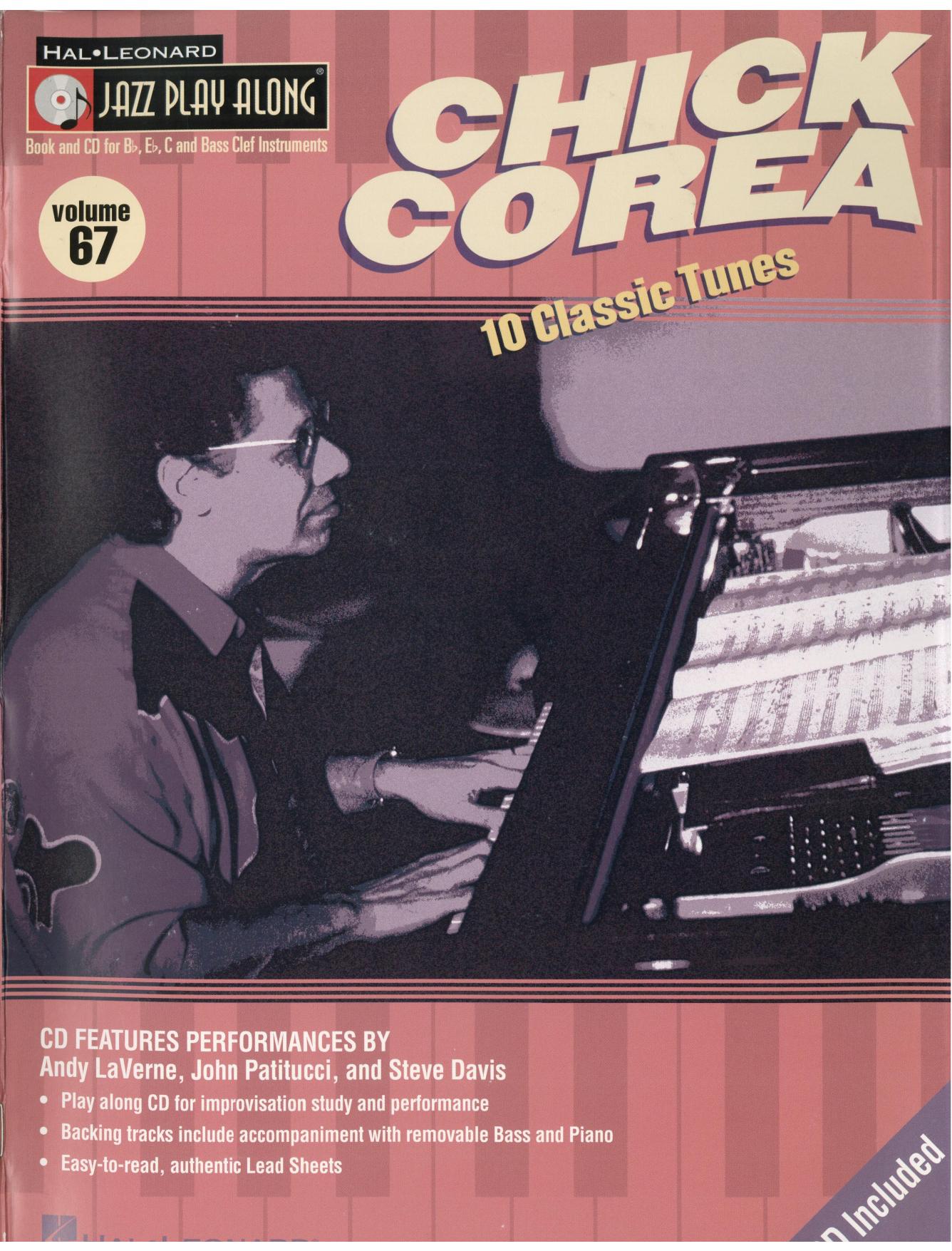
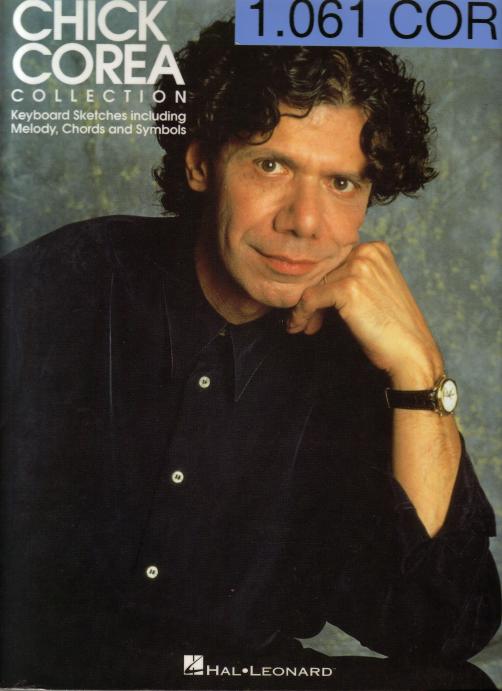
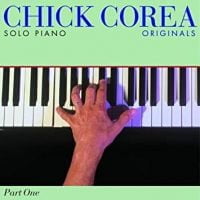
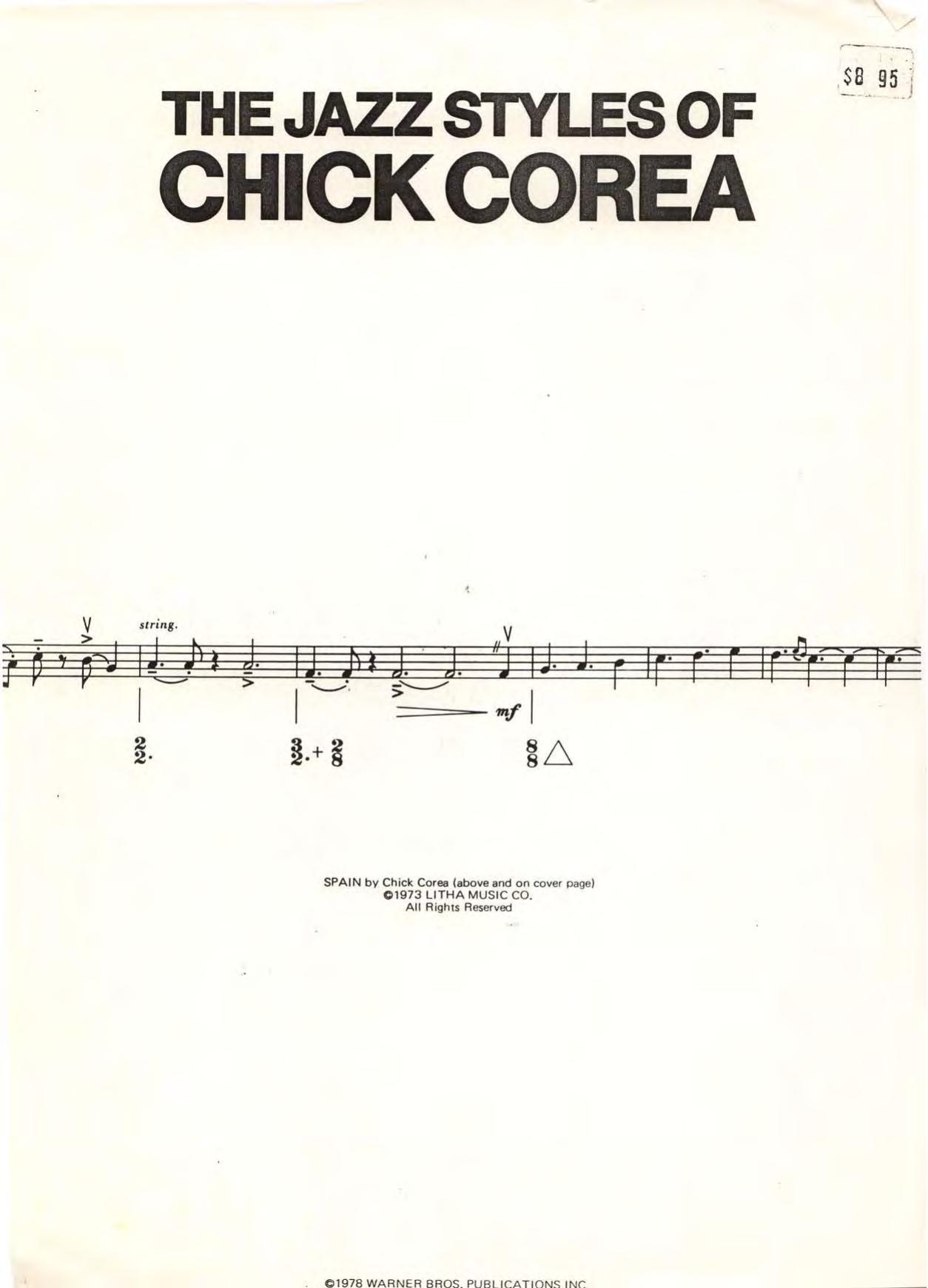
Browse in the Library:
Or browse in the categories menus & download the Library Catalog PDF:
Chick Corea: The Eternal Explorer of Sound
Armando Anthony “Chick” Corea (June 12, 1941 – February 9, 2021) wasn’t just a jazz musician; he was a boundless sonic adventurer, a prolific composer, a virtuoso pianist, and a beacon of creative joy whose influence reshaped the landscape of modern music for over six decades. His career, marked by constant evolution, fearless exploration, and an almost childlike enthusiasm, produced one of the richest and most diverse legacies in jazz history.
Biography: From Boston to the Cosmos
- Early Years & Foundations (1941-1960s): Born in Chelsea, Massachusetts, to an Italian-American family, Corea’s musical journey began early. His father, a Dixieland trumpeter, immersed him in jazz. Piano studies started at four, absorbing influences from Mozart and Beethoven to Bud Powell, Horace Silver, Thelonious Monk, and Bill Evans. He moved to New York City in 1959, attending Columbia University and Julliard briefly before diving into the professional scene.
- Apprenticeship & Sideman Years (1960s): Corea honed his craft with Latin jazz masters Mongo Santamaría and Willie Bobo, absorbing vital rhythmic concepts. He played crucial roles in bands led by Blue Mitchell, Stan Getz, and Herbie Mann. His first significant recordings as a leader emerged in the mid-60s (“Tones for Joan’s Bones”), showcasing his burgeoning compositional voice and intricate piano style.
- The Miles Davis Crucible (1968-1970): Corea’s entry into Miles Davis’s band was transformative. Playing electric piano (Fender Rhodes) alongside luminaries like Wayne Shorter, Dave Holland, and Jack DeJohnette, he was integral to the groundbreaking albums “In a Silent Way” and “Bitches Brew.” This period ignited his passion for electric instruments, improvisational freedom, and the fusion of jazz with rock and funk rhythms. The intense, abstract improvisations here pushed him to new limits.
- Circle & Avant-Garde Exploration (1970-1971): Seeking further freedom, Corea co-founded the avant-garde quartet Circle with Anthony Braxton, Dave Holland, and Barry Altschul. This group delved deep into collective improvisation and abstract composition, a stark contrast to the groove-heavy fusion of Miles.
- Return to Melody & Acoustic Triumphs (1971-1975): A pivotal shift occurred. Corea embraced Scientology, which influenced his desire to create music that communicated more directly. He formed the acoustic quartet with Stan Getz briefly, but more importantly, created the legendary quartet with Miroslav Vitouš (later Stanley Clarke), Joe Farrell, and Airto Moreira (later Flora Purim), and drummers Roy Haynes and Lenny White. This band produced masterpieces like “Return to Forever” (1972) and “Light as a Feather” (1972), blending infectious Brazilian rhythms, Spanish melodies, intricate harmonies, and lyrical beauty. Songs like “Spain,” “500 Miles High,” and “La Fiesta” became instant classics.
- Return to Forever: Fusion Titans (1973-1977): Responding to the energy of bands like Mahavishnu Orchestra, Corea radically transformed Return to Forever into a high-octane electric fusion powerhouse featuring Stanley Clarke (bass), Al Di Meola (guitar), and Lenny White (drums). Albums like “Hymn of the Seventh Galaxy” (1973), “Where Have I Known You Before” (1974), and “Romantic Warrior” (1976) defined the jazz-rock fusion era with their virtuosic solos, complex compositions, driving rock rhythms, and futuristic synthesizer textures. They became one of the most popular and influential bands of the 70s.
- Solo, Duos & Chamber Jazz (Late 1970s-1980s): Post-RTF, Corea’s output became staggeringly diverse:
- Acoustic piano masterpieces (“Piano Improvisations Vol. 1 & 2”, “The Leprechaun”, “My Spanish Heart”).
- Groundbreaking duos: His collaborations with vibraphonist Gary Burton produced sublime interplay and telepathic communication (e.g., “Crystal Silence”, “Duet”). His duets with Herbie Hancock (“An Evening With…”, “CoreaHancock”) were legendary summit meetings.
- The Chick Corea Elektric Band: Launching in 1986 with John Patitucci, Dave Weckl, Frank Gambale, and Eric Marienthal, this band defined a new standard for contemporary fusion – sleek, harmonically sophisticated, rhythmically precise, and compositionally rich (e.g., “Chick Corea Elektric Band”, “Eye of the Beholder”, “Inside Out”).
- The Akoustic Band: A simultaneous acoustic trio with Patitucci and Weckl, showcasing his deep roots in acoustic jazz.
- Classical explorations: Composing and performing concertos and chamber works.
- Constant Evolution & Collaboration (1990s-2021): Corea never stopped exploring:
- Revisiting and reimagining his repertoire with new groups (Origin, New Trio with Avishai Cohen and Jeff Ballard).
- Major collaborative projects: “Remembering Bud Powell” sextet, “Five Peace Band” with John McLaughlin, expansive duos (Bobby McFerrin, Hiromi, Bela Fleck).
- Vigorous solo piano performances.
- Deep dives into Mozart, Scarlatti, and other classical composers.
- Founding Stretch Records to release his own projects and nurture new talent.
- Tireless touring and recording almost until his passing in 2021.
Musical Style: A Universe of Sound
Corea’s style is impossible to pigeonhole, defined by its constant evolution, but key elements persist:
- Harmonic Sophistication: A master of advanced harmony, Corea used:
- Quartal Harmony: Stacking fourths (e.g., C-F-Bb) for open, modern sounds.
- Modal Interchange: Borrowing chords from parallel scales for rich color (e.g., using AbMaj7 in C major).
- Altered Dominants: Extensively using #9, b9, #11, b13 tensions for dramatic effect.
- Spanish/Flamenco Influence: Passionate Phrygian mode harmonies, Moorish scales (e.g., “Spain,” “Armando’s Rhumba”).
- Brazilian Harmony: Sophisticated bossa and samba chord progressions.
- Rhythmic Vitality & Complexity:
- Latin Grooves: Deeply ingrained Samba, Bossa Nova, Afro-Cuban rhythms.
- Funk/Rock Drive: Powerful, syncopated grooves from his fusion periods.
- Metric Modulation: Seamlessly shifting between different time feels or tempos.
- Polyrhythms: Layering contrasting rhythms simultaneously.
- Swung Precision: A unique, driving swing feel, especially potent in acoustic settings.
- Melodic Invention: His melodies could be:
- Lyrical & Singable: Like “Crystal Silence” or “Children’s Songs.”
- Intricate & Angular: Reflecting bebop and avant-garde influences.
- Spanish-Inflected: Flamenco cries and ornamentation.
- Blues-Infused: Especially evident in his earlier work and acoustic trio playing.
- Improvisational Approach: Corea was a master improviser known for:
- Motivic Development: Taking a small melodic idea and evolving it logically throughout a solo.
- Virtuosic Technique: Blistering speed and clarity, whether on acoustic or electric keys.
- Textural Variety: Shifting rapidly between dense clusters, single-note lines, and rich chords.
- Interactive Listening: Deeply responsive to bandmates, creating true musical conversations.
- Emotional Range: From profound introspection to explosive joy.
- Sonic Exploration: A pioneer in embracing synthesizers (Minimoog, Prophet-5, etc.), electric pianos (Fender Rhodes), and later digital technology, always seeking new textures and colors.
Jazz Licks & Vocabulary (Conceptual Examples):
Describing licks without notation is challenging, but Corea’s language often featured:
- Chromatic Enclosures: Approaching target notes from above and below chromatically (e.g., surrounding the 5th with #4 and b5).
- Bebop Scales: Adding passing tones (like the major 7th in a dominant scale) for fluid eighth-note lines.
- Pentatonic Embellishment: Using major and minor pentatonic scales with added chromatic passing tones or blues notes.
- Intervalic Leaps: Sudden, wide jumps (octaves, 10ths) for dramatic effect, often landing on chord tones.
- Rhythmic Displacement: Starting phrases on unexpected beats or subdividing beats in complex ways.
- Spanish Phrasing: Use of Phrygian mode, rapid triplet ornaments (gruppetti), flamenco-style melodic gestures.
- Quartal Runs: Melodic lines built primarily on intervals of a fourth.
- Sequencing: Repeating a melodic motif transposed up or down diatonically or chromatically.
Listen for these concepts in: His solos on “Spain,” “La Fiesta,” “500 Miles High,” “Windows,” “Captain Marvel,” “Got a Match?” (Elektric Band), and countless trio recordings.
Essential Songs (A Tiny Fraction):
- Spain (The ultimate Corea anthem, blending flamenco, jazz, and classical)
- 500 Miles High (Sublime Brazilian/jazz fusion)
- La Fiesta (Joyous, complex Spanish-tinged tour-de-force)
- Windows (Beautiful, harmonically rich ballad)
- Crystal Silence (Duo masterpiece with Gary Burton)
- Armando’s Rhumba (Vibrant Latin jazz showcase)
- Captain Marvel (High-energy fusion classic)
- Got a Match? (Elektric Band shred-fest)
- No Mystery (RTF fusion epic)
- Children’s Songs (Set of short, evocative solo piano gems)
- Matrix (Intense acoustic quartet burner)
- The Great Pumpkin Waltz (Playful, harmonically intricate waltz)
Discography Highlights (A Curated Selection):
Corea released over 90 albums as a leader and appeared on countless others. Here’s a chronological guidepost:
- Early Leader: Tones for Joan’s Bones (1966), Now He Sings, Now He Sobs (1968 – landmark acoustic trio)
- With Miles Davis: In a Silent Way (1969), Bitches Brew (1970)
- Circle: Circle: Paris Concert (1971)
- Acoustic RTF: Return to Forever (1972), Light as a Feather (1972)
- Electric RTF: Hymn of the Seventh Galaxy (1973), Where Have I Known You Before (1974), No Mystery (1975), Romantic Warrior (1976)
- Solo/Duo/Projects (70s): Piano Improvisations Vol. 1 & 2 (1971), Crystal Silence (w/ Gary Burton, 1973), The Leprechaun (1975), My Spanish Heart (1976), Friends (1978), Secret Agent (1978), Duet (w/ Gary Burton, 1979)
- Acoustic Trio (80s): Trio Music (w/ Miroslav Vitouš, Roy Haynes, 1981), Lyric Suite for Sextet (w/ Gary Burton, 1982)
- Elektric/Akoustic Bands (80s/90s): Chick Corea Elektric Band (1986), Light Years (1987), Eye of the Beholder (1988), Inside Out (1990), Akoustic Band (1989), Alive (Akoustic Band, 1991)
- Solo/Duo/Projects (90s/00s): Solo Piano: Originals (1999), Solo Piano: Standards (2000), Rendezvous in New York (2003 – live with various bands), The Ultimate Adventure (2006), Duet (w/ Hiromi, 2008), Five Peace Band Live (w/ John McLaughlin, 2009), Further Explorations (w/ Eddie Gomez, Paul Motian, 2012), The Musician (2017 – massive retrospective box set)
- Later Works: Chinese Butterfly (w/ Steve Gadd Band, 2017), Antidote (w/ Spanish Heart Band, 2019), Plays (2020 – solo piano concerto recordings)
Influences: The Tapestry of Inspiration
Corea absorbed and synthesized a vast array of influences:
- Jazz Piano: Bud Powell, Thelonious Monk, Horace Silver, Bill Evans, McCoy Tyner, Herbie Hancock, Art Tatum.
- Latin Music: Afro-Cuban rhythms, Brazilian bossa nova and samba (Antonio Carlos Jobim), Flamenco.
- Classical Music: Mozart, Beethoven, Chopin, Scriabin, Stravinsky, Bartók.
- Other: Béla Bartók, Igor Stravinsky, John Coltrane, Miles Davis, Frank Zappa, The Beatles.
Legacy: The Eternal Spark
Chick Corea’s legacy is monumental and multi-faceted:
- Shaping Fusion: A primary architect of both the lyrical Brazilian/Latin fusion of early RTF and the high-energy rock-infused fusion of the electric RTF and Elektric Band eras. His use of synthesizers was groundbreaking.
- Acoustic Jazz Mastery: Reaffirmed the power and possibilities of the acoustic piano trio and quartet with timeless recordings and compositions.
- Prolific Composer: Created a vast catalog of enduring standards (“Spain,” “Windows,” “La Fiesta,” “500 Miles High,” “Crystal Silence”) and complex extended works (piano concertos, chamber music).
- Collaborative Genius: Elevated the art of the duo through historic partnerships (Burton, Hancock, McFerrin, Fleck, Hiromi) and fostered incredible bands.
- Virtuoso Pianist: Set new technical and expressive benchmarks for generations of keyboardists on both acoustic and electric instruments.
- Mentor & Educator: Nurtured countless musicians (Patitucci, Weckl, Di Meola, Gambale, etc.) and was deeply committed to music education through workshops and his Chick Corea Foundation.
- Unbridled Creativity & Joy: His infectious enthusiasm, constant exploration, and refusal to be confined by genre were an inspiration. His motto, “I think fun is the best thing to have,” permeated his music and performances.
- Grammy Dominance: Won 27 Grammy Awards (from 76 nominations), holding the record for most jazz Grammys and most instrumental Grammys, a testament to his consistent excellence and peer recognition.
Chick Corea wasn’t just a musician; he was a force of nature. His insatiable curiosity, boundless energy, and profound musical gifts allowed him to traverse vast musical territories while maintaining a distinct, recognizable voice. He left behind not just a discography, but a universe of sound – intricate, joyful, challenging, and endlessly rewarding. He taught us that music is an adventure, a conversation, and above all, a celebration. As he often signed off: “And always… have fun!” His music ensures that spirit will resonate eternally.
The Very Best of Chick Corea – Chick Corea Greatest Hits Full Album 2022
Chick Corea 20 Children’s Songs for piano
Chick Corea 20 Children’s Songs for piano
I 00:00 II 01:48 III 02:41 IV 03:58 V 06:12 VI 07:24 VII 09:36 VIII 11:19 IX 13:02 X 14:10 XI 15:35 XII 16:11 XIII 18:43 XIV 20:21 XV 22:08 XVI 23:18 XVII 24:17 XVIII 25:43 XIX 27:16 XX 29:23
Leon Bates, piano
Picture: Thomas Eakins Baby at Play 1876 Washingon National Gallery of Art […]
The Children’s Songs were Corea’s first attempt at writing for solo piano. These pieces were begun in 1971 and were added to gradually over the next nine years, culminating in the twenty pieces represented here. […] The Songs are reminders of the Scenes from Chidhood of Robert Schumann and the Children’s Pieces of Mussorgsky in that they are short, to the point and are quite contrasting in their natures. The Corea songs are characterized by infectious ostinato bass-lines, syncopated rhythms and circular melodies that are very charming in their innocence. The Children’s Songs are fun to play because while being simple and direct in their statements they are sometimes quite probing and colourful in their nuances, not unlike children themselves. Music Notes by Leon Bates
